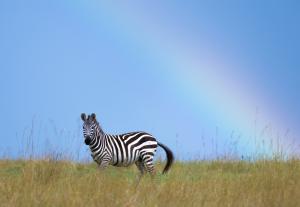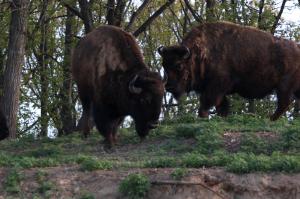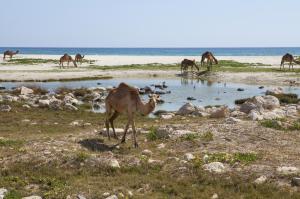Leveraging Technology for Wildlife Stewardship
Bringing wildlife care into the 21st century.
ALBUQUERQUE, NEW MEXICO, UNITED STATES, June 9, 2022 /EINPresswire.com/ -- Wild animals living free on public lands motivate people to engage in their care. They instill empathy for their species and they win respect from members of the public for their lives and the lands they live on. People have learned that changing their environment or removing them from their natural habitat can be harmful to the animals.
Disease prevention is an essential component in caring for wildlife in their native habitat or in areas they may be moved into. There were multiple reports published and news broadcasts aired during May about the number of wild horses removed from public lands that became sick or died in a Bureau of Land Management, BLM, Colorado holding facility. A ‘Preliminary Site Visit/Outbreak Investigation Report’ was issued on April 26th about the situation that began on the 23rd at the Canon City Wild Horse Facility.
The Bureau of Land Management’s press release on April 28th regarding the deaths of the wild horses in the Canon City, Colorado facility stated “An equine influenza virus that is not uncommon among both wild and domestic horses has been identified as the likely cause of the respiratory disease outbreak and associated mortality that is occurring at the BLM’s Wild Horse and Burro Corrals located on the Colorado Department of Corrections (CDOC) East Canon Complex in Canon City, CO.”
The Wildlife Society, listed as a partner of the BLM on their website, writes the following in their document titled ‘Standing Position: Wildlife Disease.’ “Preventing introduction of disease into susceptible populations is a paramount responsibility of wildlife professionals as stewards of the resource, and is the most effective method of disease management. Measures designed to prevent disease occurrence including, but not limited to, appropriate planning, import and transport restrictions, decontamination and sanitation measures, and formation of physical or immunological barriers (e.g., fences to separate wildlife from domestic animals, vaccines), have been the tools most commonly used by wildlife managers”.
The BLM’s May 7th updated ‘Situation’s Report: 2022 Canon City Equine Influenza Outbreak’ includes the following information, “Animals that could be handled without being moved outside the most affected pens were provided with anti-inflammatories and/or antibiotics at the direction of the attending veterinarian. Most of the affected animals are wild and ungentled and cannot be treated without use of the hydraulic squeeze chute systems. This risks further spreading the illness throughout the facility, stressing the animals that could exacerbate any current underlying issues and risk further injury to adults and young foals in the affected pens. For these reasons, individual animal treatment will be limited. The preventive medication of water with antibiotics is considered, but not implemented at this time”.
The ability to treat diseases in wildlife with science and technology, rather than human handling, currently exists.
The 5900 Club & American Equine Awareness Wildlife Partnership reached out to Wildlife Protection Management, WPM, an Albuquerque, New Mexico start-up company, to confirm their patented systems ability to detect and treat, or even prevent, disease and large outbreaks in wild horses and other wild species in their habitat or in holding areas. When asked about their capability to help on the range or in situations like what has happened at Canon City, Roch Hart, CEO, commented “If it’s horses and burros, bison, deer or even camels and kangaroos in other countries, making a vaccine is fine, but getting the medication to them is just as important. Our system gets it to them. It is just a matter of adapting our system to the species. In remote areas, humans create a stress on wildlife, making it difficult, if not impossible, to deliver vaccines for disease control. The other side of that equation is knowing which animal has received a vaccine. Our system can safely make a unique identification and continue to monitor that distinct animal, including reading its body temperature”.
The WPM wildlife system features remote vaccine delivery and a temperature controlled vaccine storage system that works in triple digit °f or freezing temps. It loads and injects a vaccine or a combination of vaccines for treatment of disease. It also reads the temperatures of individual animals to gauge a vaccine’s efficacy or detect emerging diseases with fever. The system is completely powered with solar energy and remote communications via satellite.
The Wildlife Protection Management Wildlife System is a modern multi species solution for protecting wildlife from diseases.
Roch Hart is available to discuss the WPM system for wildlife care. He can be reached at Wildlife Protection Management. 1-505-252-0301.
Donna Brorein, AEA Advocacy News Cheryl Turner, 5900 Club
5900 Club & American Equine Awareness Wildlife Partnership
+1 770-870-7589
email us here
Legal Disclaimer:
EIN Presswire provides this news content "as is" without warranty of any kind. We do not accept any responsibility or liability for the accuracy, content, images, videos, licenses, completeness, legality, or reliability of the information contained in this article. If you have any complaints or copyright issues related to this article, kindly contact the author above.





